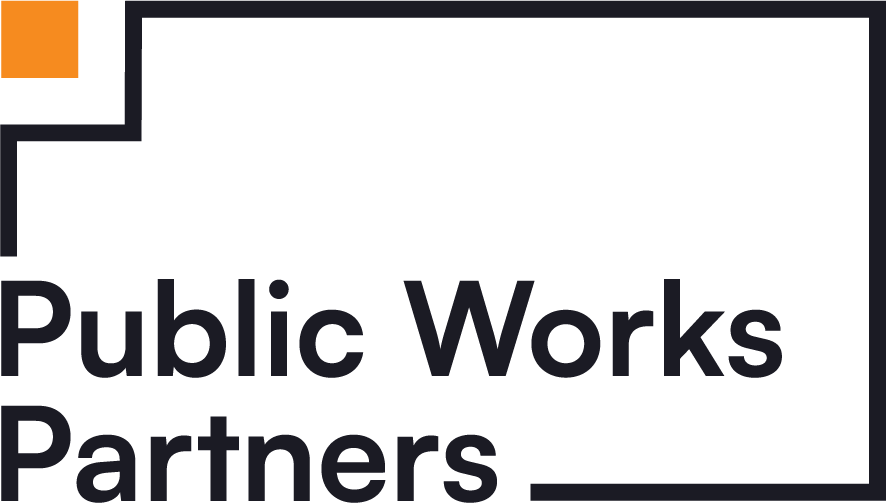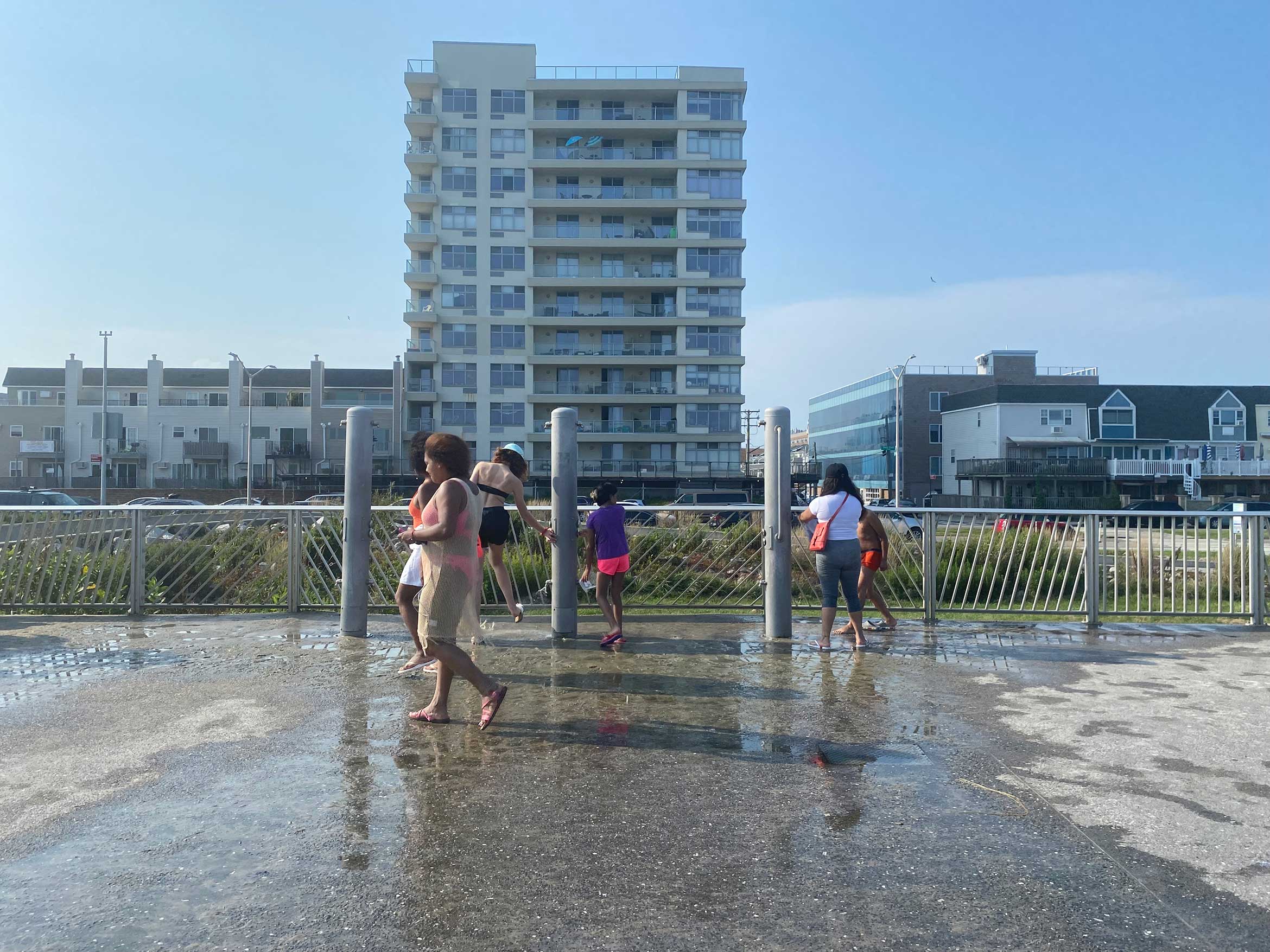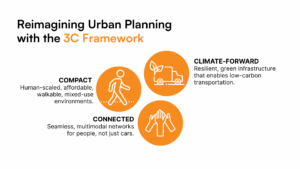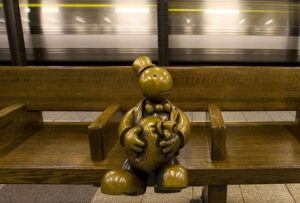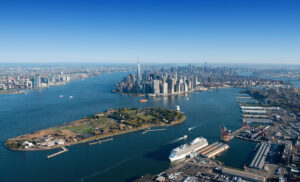When Hurricane Sandy struck the Eastern Seaboard in 2012, the Rockaways, a vibrant coastal community in Queens, New York, was among the hardest hit. Storm surges ravaged homes, businesses, and infrastructure, leaving deep physical and emotional scars. In the aftermath, the resilience of this tight-knit community was put to the ultimate test. Yet, more than a decade later, the Rockaways have not only recovered but have transformed into a symbol of strength, adaptability, and renewal.
The Impact of Hurricane Sandy
Hurricane Sandy was more than just a storm for the Rockaways—it was a defining moment in the community’s history. The barrier peninsula, with its mix of high-rise housing developments, bungalows, and beachside businesses, was submerged by the Atlantic Ocean, which breached the dunes and poured into streets, subways, and basements. The flooding destroyed homes, displaced thousands, and left the area without power for weeks. The storm devastated the Rockaway boardwalk, a cultural landmark, leaving behind only debris.
In the months following the disaster, the neighborhood’s vulnerabilities became even more apparent. Aging infrastructure, socioeconomic disparities, and limited access to resources prolonged recovery efforts, exposing gaps in urban planning and disaster preparedness. For many residents, the emotional toll of losing their homes and their community’s identity compounded the physical losses.
Rebuilding and Thriving: The Rockaways Today
But the story of the Rockaways does not end with devastation. The community has risen to meet its challenges head-on in the years since Sandy, demonstrating a remarkable spirit of unity and resilience. Collaborative efforts between local residents, advocacy groups, and government agencies have helped the area recover and laid the groundwork for long-term renewal and adaptation.
One of the most visible signs of the Rockaways’ revival is the new, fortified boardwalk that stretches along the coast. Rebuilt stronger and higher, it is a symbol of the community’s resilience and commitment to sustainable development. The new design incorporates elevated structures and vegetation that better protect the shoreline from future storms, a testament to the lessons learned from Sandy.
This emphasis on sustainable urban design and infrastructure has also driven broader community-based projects. Programs focusing on environmental resilience, such as the restoration of the Rockaway dunes and marshlands, have created natural buffers against future flooding while enhancing biodiversity. These initiatives highlight how the Rockaways have transformed into a model for coastal resilience in the face of climate change.
Additionally, economic revival efforts have been a cornerstone of the community’s post-Sandy recovery. The Rockaways have seen a resurgence of local businesses, from beachside cafés to artisanal shops, breathing new life into the neighborhood. The area has also become a hub for surfers and tourists, with its unique blend of urban culture and natural beauty attracting new visitors each year.
Lessons Learned from the Rockaways’ Recovery
The Rockaways’ transformation offers a series of key lessons that other coastal communities and cities can learn from when preparing for and recovering from natural disasters:
- Resilient Infrastructure is Essential for Long-Term Recovery
- Example: The rebuilding of the Rockaway boardwalk serves as a blueprint for how urban infrastructure can be reimagined in a post-disaster landscape. Constructed with reinforced materials and elevated designs, the new boardwalk protects the community from future storms while doubling as a recreational space. It integrates natural dunes and native plants that absorb floodwaters, highlighting how thoughtful design can blend safety with aesthetics and environmental responsibility.
- Community Engagement Drives Sustainable Solutions
- Example: The Rockaways’ recovery has been driven in large part by grassroots organizations such as the Rockaway Youth Task Force and the Rockaway Waterfront Alliance. These groups have championed projects that promote environmental sustainability while addressing the community’s needs. Their efforts have resulted in the restoration of marshes and dunes that naturally defend against storm surges. More importantly, these initiatives engaged residents in the decision-making process, ensuring that recovery efforts reflect local priorities.
- Equitable Recovery Must Be Prioritized
- Example: Sandy exposed the socioeconomic inequalities that made recovery uneven across the Rockaways. The communities most affected by the storm included public housing residents and low-income families, who faced significant barriers to rebuilding. In response, local advocacy groups and policymakers have fought to ensure that recovery funds and services were distributed equitably, with a focus on affordable housing, job creation, and healthcare access. The construction of more resilient housing in Far Rockaway, including mixed-use developments, exemplifies how recovery can address both immediate needs and long-term economic opportunity.
- Environmental Restoration Plays a Critical Role in Resilience
- Example: Post-Sandy, the Rockaways embraced a nature-based approach to recovery. The restored sand dunes, in particular, now serve as natural defenses against coastal flooding. Through partnerships with environmental organizations and government programs, the community has also rehabilitated wetlands and marshes that absorb stormwater, reduce erosion, and provide habitats for local wildlife. These projects not only protect the community but also contribute to its ecological richness and sustainability.
- Preparedness is Key to Mitigating Future Disasters
- Example: Hurricane Sandy was a wake-up call for New York City, prompting the development of long-term resilience plans such as the NYC Special Initiative for Rebuilding and Resiliency (SIRR). In the Rockaways, these plans include flood-resistant infrastructure, improved emergency response systems, and updated zoning codes that require new developments to be built at higher elevations. Public awareness campaigns and emergency preparedness training have also empowered residents to better respond to future crises.
The Role of Community Organizations
Local organizations have played an instrumental role in supporting the Rockaways’ resurgence. Grassroots efforts, like those led by the Rockaway Youth Task Force and various neighborhood associations, have brought people together to advocate for the community’s needs, from equitable recovery funding to ongoing infrastructure improvements. These groups have empowered residents to take an active role in shaping the future of their neighborhood.
A focus on social equity has been at the heart of many post-Sandy initiatives. The Rockaways are home to diverse populations, including low-income and historically marginalized communities, who were disproportionately affected by the storm. Programs aimed at improving housing, healthcare access, and economic opportunity have helped bridge these gaps, ensuring that recovery benefits everyone, not just those with the means to rebuild.
A Blueprint for the Future
As we reflect on the impact of Hurricane Sandy and the remarkable recovery of the Rockaways, there are important lessons to be drawn—not only for coastal communities but for cities and towns across the world facing the growing threat of climate-related disasters. The Rockaways have shown that recovery is possible when communities work together, advocate for equitable solutions, and prioritize sustainable infrastructure.
The neighborhood’s ability to rebound is a testament to the power of community and resilience. Today, the Rockaways stand not only as a thriving beachside destination but as a living example of how disasters can serve as catalysts for change, renewal, and a more sustainable future.
The story of the Rockaways is far from over. As the climate continues to shift, the community will undoubtedly face new challenges, but the lessons learned from Hurricane Sandy provide a foundation upon which the neighborhood can continue to grow, adapt, and thrive.
